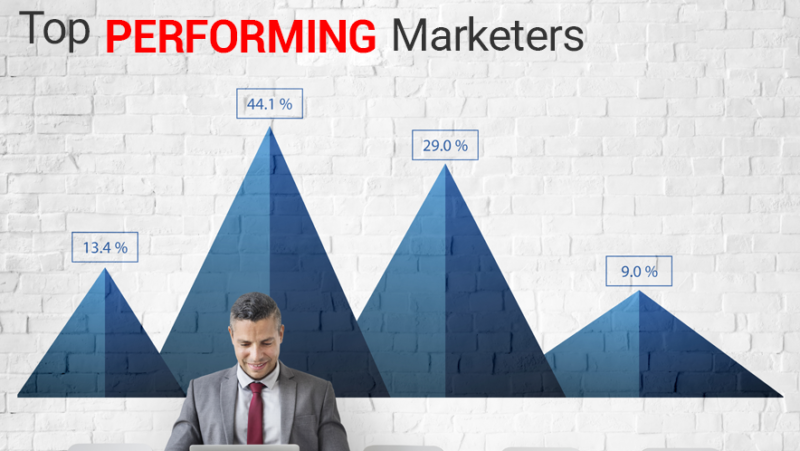Marketing technology has witnessed a massive disruption in the last decade, forcing organizations to evolve along with the times. To thrive in this saturated and competitive industry, organizations need to digitize their marketing system, upgrade where needed and remain aware of the latest marketing technology trends. These new marketing technologies, though very helpful in several ways, can become overly complicated. The modern digital marketing landscape is vast as it includes integrated sales and marketing channels, database research, targeting, automation, and CRM systems.
To help streamline such marketing processes, modern marketing technology has developed an assortment of advanced and related marketing tools that when integrated is known as the MarTech stack. Its logical and functional format helps yield enhanced results by leveraging cutting-edge technology in your marketing campaigns. A well-built MarTech stack can offer 360-degree monitoring and control of the marketing data management, analytics, automation, and CRM processes.
A MarTech platform is used across multiple digital channels such as; Customer Relationship Management Software (CRM), Content Management System (CMS), web analytics, and advertising platforms. The respective tool can then be deployed at different stages of an organization’s customer journey for an efficient digital marketing campaign. Moreover, to help you make informed decisions, your MarTech stack can provide actionable insights from the data collected.
The digitized version of the marketing strategy involves many procedures. This includes customer relationship management, developing personalized content, social media monitoring, project management, artificial intelligence incorporation, and analyzing marketing metrics. Marketers often fail to make strategy-driven choices if they are unable to keep pace with the sprawling MarTech innovations. This can lead to a considerable loss for the entire organization. To help you get the best ROI from your marketing investment and to gain a competitive advantage in the industry, here is a list of best practices for digital transformation with MarTech:
Ensure the new marketing technology integrates with your existing marketing and technology infrastructure
Remember, your old customer data and past achievements play a huge role in building your new MarTech stack. New technology should be able to integrate into the core existing technologies seamlessly. The new marketing technology provider should also understand your business’s objective and should support your unique use cases efficiently and tailor digital marketing services accordingly.
Decide if you want MarTech for the long-term or a short-term
It gets easier to select your technology provider if you are sure about the marketing objective term and your unique needs. If you are planning for a long-term marketing objective, your MarTech vendor should offer sufficient customer support. You should also consider if the new marketing technology will support multiple projects or develop short-term marketing strategies.
Make sure you have a team to implement the marketing technology properly
If your organization is in the early stages of digital marketing, you can easily get lost in the new marketing technology tools’ complications. But if your team is well-acquainted with the latest technological developments in the marketing industry it may be worthwhile to evaluate your current talent pool to determine if you need advanced implementation support from your vendor, or if you need to hire new staff to support new technology implementations and ongoing management.
Look for privacy protection
Since that entire marketing process revolves around customer data and financial transactions, any breach in the system can negatively impact your company and potentially result in litigation. Make sure your new marketing technology provides complete security to all personally identifiable and transaction-level data. Not all marketing technology service providers offer privacy protection, and some offer them with a hidden cost.
Run an audit
Before stacking marketing tools and technologies, it is essential to run an audit of everything you currently have at your disposal. This helps you analyze how accurate your final MarTech stack will be and also gives you a scope to mend any issue detected.
The challenge in building an ideal MarTech stack is to select the right technology from a list of thousands, making them user-friendly and setting them up in a way to leverage the best possible benefits. If you want to achieve your business objective, build a MarTech stack that will help you embrace a systematic marketing approach for simplified operations.





